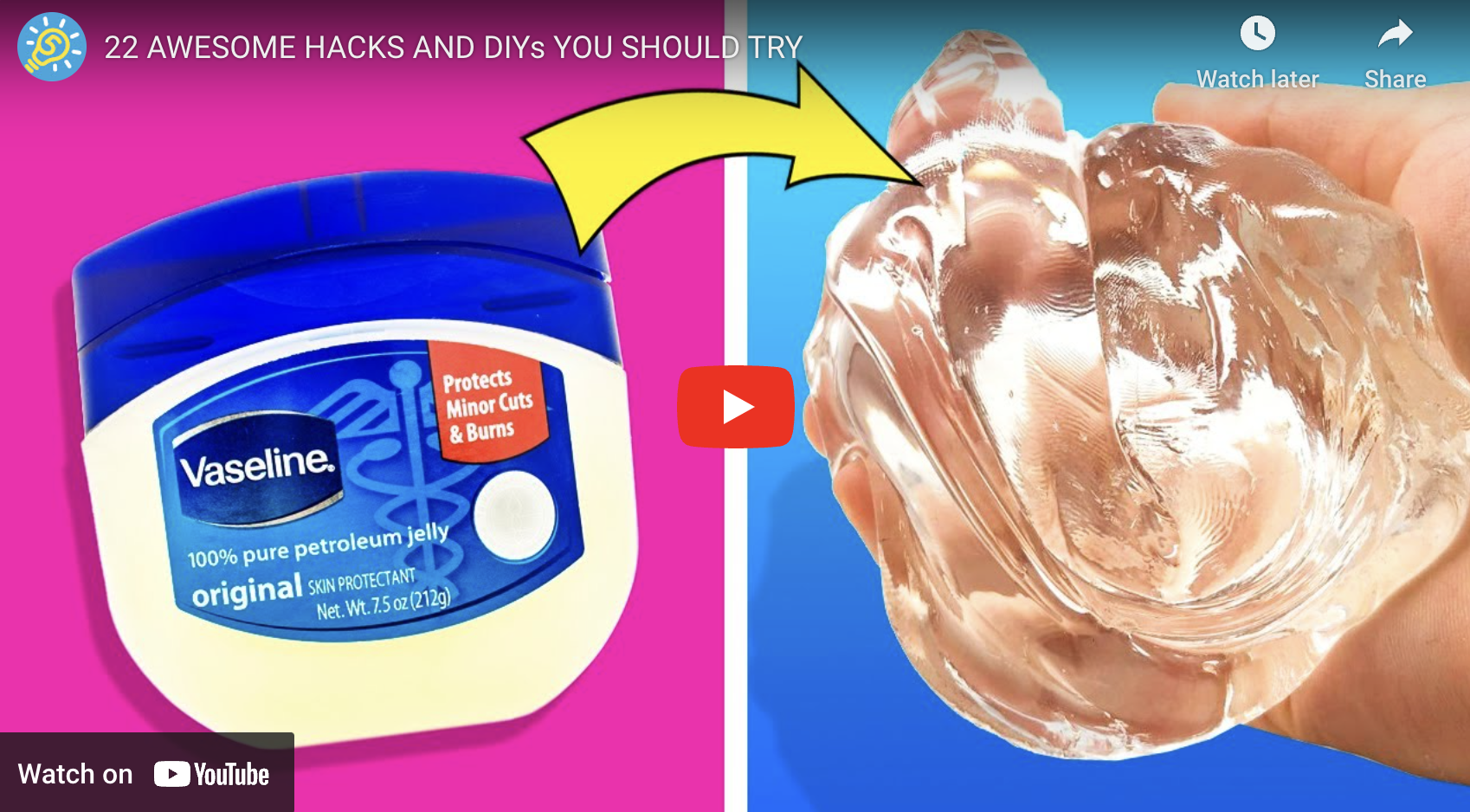Blood blisters are a common occurrence for many people, often caused by friction or trauma to the skin. These fluid-filled sacs can be painful and unsightly, leading many to wonder if they will heal on their own or if medical intervention is necessary. In this article, we will explore the healing process of blood blisters and provide insights from professionals in the field on this topic.
Will a blood blister heal on its own? The short answer is yes, in most cases, a blood blister will heal on its own without any medical intervention. However, there are certain factors that can affect the healing process, such as the size and location of the blister, as well as the individual’s overall health.
According to Dr. Smith, a dermatologist, “Blood blisters are a natural response by the body to protect the skin from further damage. The fluid inside the blister acts as a cushion, allowing the skin underneath to heal. In most cases, the blister will gradually reabsorb the fluid and the skin will heal on its own.”
There are several trends related to blood blisters and their healing process that are worth noting. Here are seven interesting trends to consider:
1. Size Matters: The size of a blood blister can impact how long it takes to heal. Smaller blisters may heal more quickly, while larger blisters may take longer to resolve.
2. Location, Location, Location: The location of a blood blister can also affect its healing process. Blisters on areas of the body that are subject to friction, such as the hands or feet, may take longer to heal due to continued irritation.
3. Underlying Health Conditions: Individuals with certain underlying health conditions, such as diabetes or compromised immune systems, may experience slower healing times for blood blisters.
4. Age: Older individuals may find that their skin takes longer to heal, including blood blisters. This is due to a decrease in collagen production and slower cell turnover.
5. Proper Care: Proper care of a blood blister can help expedite the healing process. Keeping the blister clean and protected can prevent infection and promote healing.
6. Popping Blisters: While it may be tempting to pop a blood blister, this can actually slow down the healing process and increase the risk of infection. It is best to let the blister heal on its own.
7. Prevention is Key: Taking steps to prevent blood blisters, such as wearing properly fitting shoes and protective gear during physical activities, can help reduce the likelihood of developing blisters in the first place.
Despite the natural healing process of blood blisters, there are common concerns that individuals may have about their blisters. Here are 14 common concerns and answers related to the topic:
1. Will a blood blister pop on its own?
In most cases, a blood blister will not pop on its own. The fluid inside the blister acts as a protective cushion for the skin underneath. However, if the blister is subjected to further trauma or friction, it may rupture on its own.
2. Should I pop a blood blister?
It is not recommended to pop a blood blister, as this can increase the risk of infection and slow down the healing process. If the blister is causing significant pain or discomfort, it is best to seek medical advice.
3. How long does it take for a blood blister to heal?
The healing time for a blood blister can vary depending on the size and location of the blister, as well as individual factors such as overall health. In general, most blood blisters will heal within 1-2 weeks.
4. Can I speed up the healing process?
While there is no guaranteed way to speed up the healing process of a blood blister, proper care and protection of the blister can help promote healing. Keeping the blister clean and covered can prevent infection and allow the skin to heal more quickly.
5. What should I do if a blood blister becomes infected?
If a blood blister becomes infected, it is important to seek medical attention. Signs of infection may include increased pain, redness, swelling, or discharge from the blister.
6. Can I prevent blood blisters?
Taking steps to prevent blood blisters, such as wearing properly fitting shoes, gloves, or protective gear during physical activities, can help reduce the likelihood of developing blisters.
7. Are there any home remedies for blood blisters?
While there are no specific home remedies for blood blisters, keeping the blister clean and protected can help promote healing. Some individuals may find relief from pain and inflammation by applying a cold compress to the blister.
8. Should I cover a blood blister with a bandage?
Covering a blood blister with a bandage can help protect the blister from further trauma and reduce the risk of infection. It is important to use a sterile bandage and change it regularly to prevent moisture buildup.
9. Can I exercise with a blood blister?
If a blood blister is causing significant pain or discomfort, it may be best to avoid vigorous exercise until the blister has healed. Low-impact activities, such as swimming or walking, may be more tolerable.
10. Is it normal for a blood blister to change color?
As a blood blister heals, it may change color from red to purple, brown, or even black. This is a normal part of the healing process as the blood cells break down and are reabsorbed by the body.
11. Should I seek medical attention for a blood blister?
Most blood blisters will heal on their own without any medical intervention. However, if a blister is causing significant pain, swelling, or signs of infection, it is best to seek medical advice.
12. Can I drain a blood blister myself?
It is not recommended to drain a blood blister yourself, as this can increase the risk of infection and slow down the healing process. If a blister is causing significant pain or discomfort, it is best to seek medical advice.
13. Can I apply antibiotic ointment to a blood blister?
While some individuals may choose to apply antibiotic ointment to a blood blister, this is not usually necessary unless the blister becomes infected. It is best to keep the blister clean and covered to promote healing.
14. Will a blood blister leave a scar?
In most cases, a blood blister will not leave a scar once it has healed. Proper care and protection of the blister can help minimize the risk of scarring.
In summary, blood blisters are a common occurrence that will generally heal on their own without medical intervention. Proper care and protection of the blister can help promote healing and prevent infection. While it may be tempting to pop a blood blister, it is best to let it heal naturally to avoid complications. By following these tips and seeking medical advice if necessary, individuals can ensure a speedy recovery from blood blisters.
![[Mom Prepared]](https://momwithaprep.com/wp-content/uploads/2024/12/cropped-momlogo-244x56.png)

